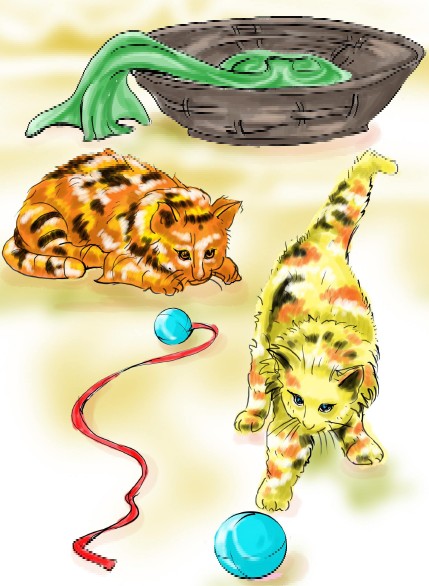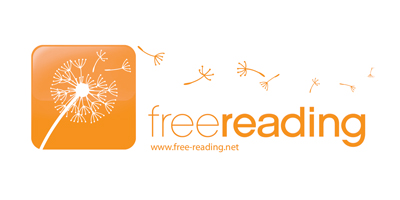Kevin Simpson (International Educator and Founder of Know Do Serve Learn) recently asked me to write a short article on OER for his newsletter. I’ve pasted a copy of the article below. To see the original post and to read Kevin’s full newsletter, click here. Thanks for the opportunity Kevin!
[tweetmeme]
“The advent of the Web brings the ability to disseminate high-quality materials at almost no cost, leveling the playing field…We’re changing the culture of how we think about knowledge and how it should be shared and who are the owners of knowledge.” – Cathy Casserly, Carnegie Foundation for the Advancement of Teaching
With an increasing number of educators putting their lessons, curricula and learning objects online for others to use, customize and share, the open education movement is at a tipping point. That said, with so many educational resources available on the Internet, how does one go about finding the “perfect resource for class tomorrow” without losing too much time, money or sleep?
Before we get to the answer of this question, it is important to take a quick step back and understand “the anatomy of open education”…
What is Open Education?
Open education is a term that refers to education in which knowledge, best practices and learning objects (lessons, units, etc.) are shared freely via the Internet for others to use and under many licenses to modify and re-share.
Why Open Education?
The benefits of open education are many (customization, cost-savings, freedom to innovate, etc.), but one of the primary advantages of the open education movement is that of access. Anyone who has an Internet connection via computer or mobile phone can access millions of readings, videos, simulations, lesson plans, interactive courses and more… all for free!
Open Education and Teacher Effectiveness…
Research shows time and time again that teachers have the greatest potential to influence student achievement (North Central Regional Education Laboratory 2009, McKinsey 2007, Darling-Hammond 1997). Furthermore, the literature indicates that effective teachers tend to exhibit—commitment (to help every child succeed), information-seeking (intellectual curiosity), flexibility (willingness to differentiate), and passion for learning (drive to support student learning) amongst several other traits (UNESCO International Institute for Educational Planning 2004, Kemp & Hall, 1992).
Luckily, the ethos of open education goes hand-in-hand with these findings, enabling educators endless opportunities to improve their craft. Thanks to the millions of people actively engaged in sharing their ideas and content online, teachers today have 24-7 access to continued learning opportunities, professional development, lesson planning guides and resources for differentiation. Take one look at sites like Edutopia, Discover Ed, and Connexions and you will be blown away by the number of free resources available to help educators continuously improve the content area knowledge, skills and expertise they bring to the classroom.
Where to Start—Finding the Perfect Open Education Resources for your Classroom
The following is a curated list of open education resources targeted at helping K-12 teachers find classroom and professional development resources quickly, easily and for free:
- Curriki.org—“Curriki is a social entrepreneurship organization that supports the development and free distribution of open source educational materials to improve education worldwide. The online community gives teachers, students and parents universal access to a wealth of peer-reviewed K-12 curricula, and powerful online collaboration tools”.
- FreeReading.net—“FreeReading is a high-quality, open-source, free reading intervention program addressing literacy development for grades K-3. Schools and teachers everywhere can use the complete, research-based 40-week program for K-1 students, or use the library of lessons to supplement existing curricula in phonological awareness, phonics, vocabulary, comprehension, and writing. The site is also filled with free, downloadable supplemental materials including flashcards, graphical organizers, illustrated readers, decodable texts, audio files, videos and more”.
- OERCommons.org—“OER Commons has forged alliances with over 120 major content partners to provide a single point of access through which educators and learners can search across collections to access over 24,000 items, find and provide descriptive information about each resource, and retrieve the ones they need. By being ‘open,’ these resources are publicly available for all to use, and principally through Creative Commons licensing, many thousands are legally available for repurposing, modifying and improving”.
To find additional open education resources of note, visit Bon Education.
The Future Cost of Education
A recent post on Mashable, titled, “In the Future, the Cost of Education will be Zero,” author Josh Catone shares a recent statement by VC and “Hacking Education” organizer Brad Burnham. He writes:
Knowledge is, as the economists say, a non-rival good… If I eat an apple, you cannot also eat that same apple; but if I learn something, there is no reason you cannot also learn that thing. Information goods lend themselves to being created, distributed and consumed on the web. It is not so different from music, or classified advertising, or news.
A nice notion indeed!
To the sharing of knowledge!
Anna Batchelder
Founder, Bon Education













